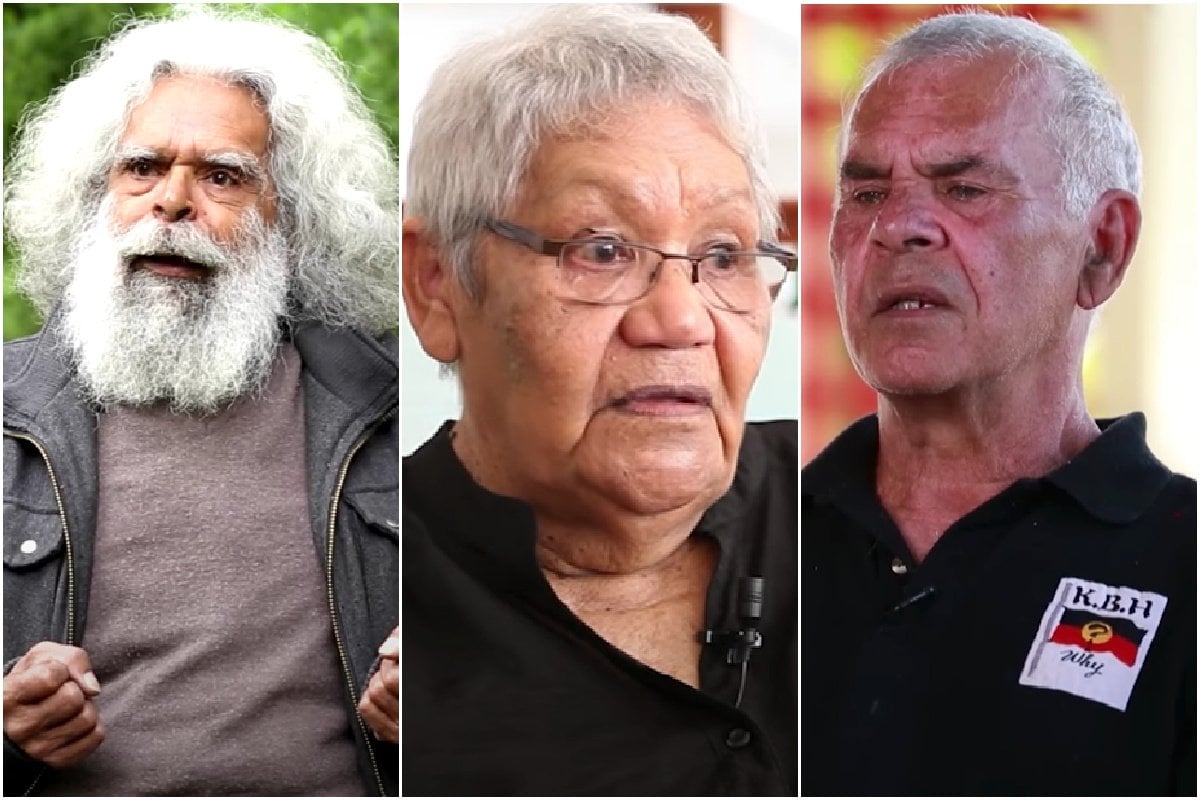
"I was stolen from Royal Women's Hospital and raised in an institution. The program in there - apart from the sexual abuse and the unusual punishments - was to persuade me against any sense of my Aboriginality," - Actor Jack Charles, age 78.
"I am one of eight children that were removed all at once....the trauma was incredible to the point where I've forgotten two years of my life. I know in those two years is something pretty traumatic...which is okay, I believe my spirit protects me from going there," - Aunty Lorraine Peters, age 82.
"When we were born we were given a spirit and a soul by the creator but they turned around and dismantled that, or flogged it out of us. I'm still going through it...never ever have I had that feeling of home and being allowed to be home again," - Michael Welsh.
This is not historical pain.
There are thousands of Stolen Generation survivors living across Australia, still grappling with the impacts of what happened to them as children.
A number have shared their stories with the Healing Foundation. But for many more, it's too painful to talk about.
This week, National Reconciliation Week, new research from the Australian Institute of Health and Welfare, commissioned by the Healing Foundation, has shone a light on just how real that trauma is.
It found that survivors of the Stolen Generation over 50 - of which there are more than 27,000 - face worse life outcomes than other Indigenous people.
71 per cent of those survivors rely on government payments.
